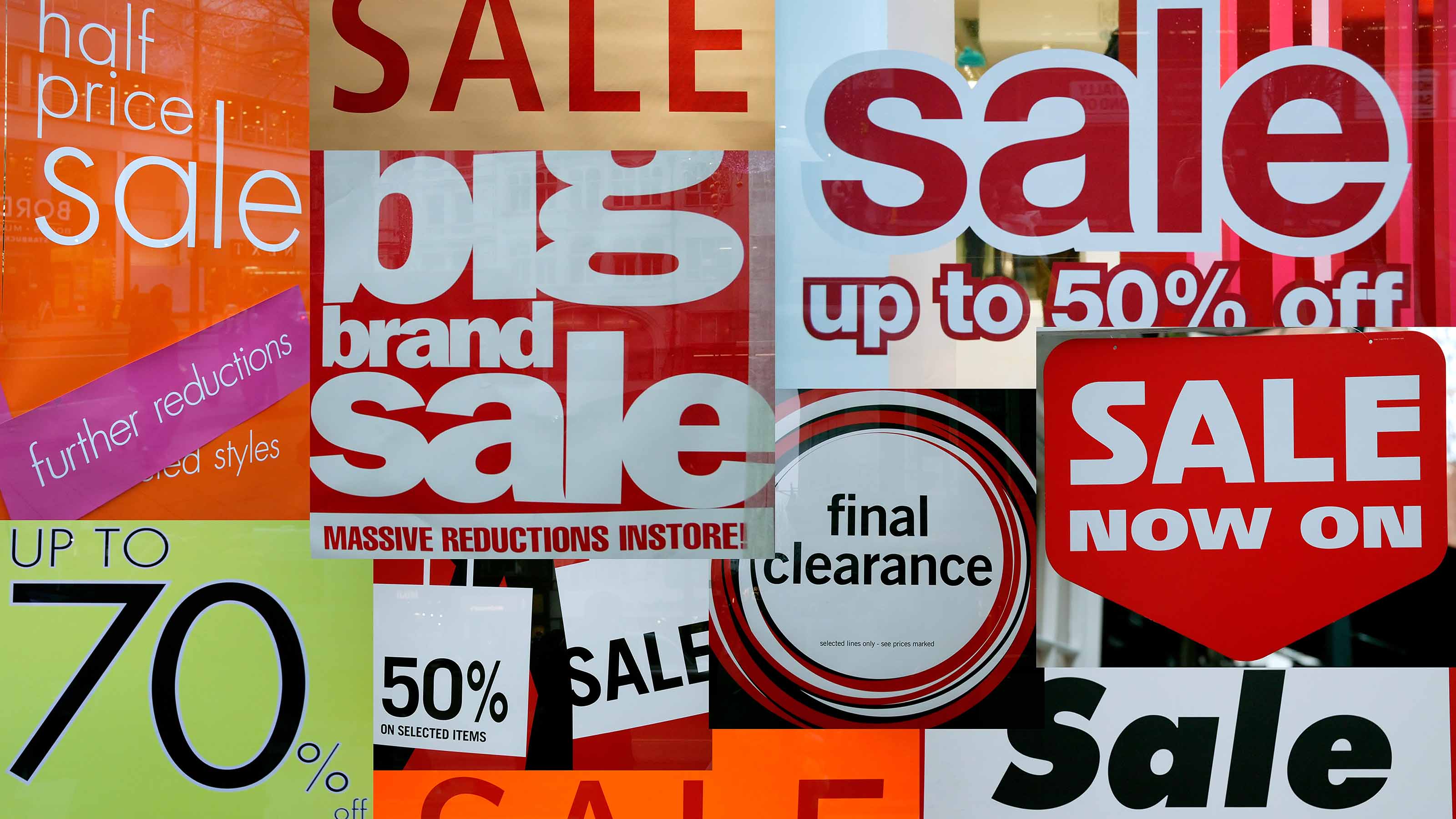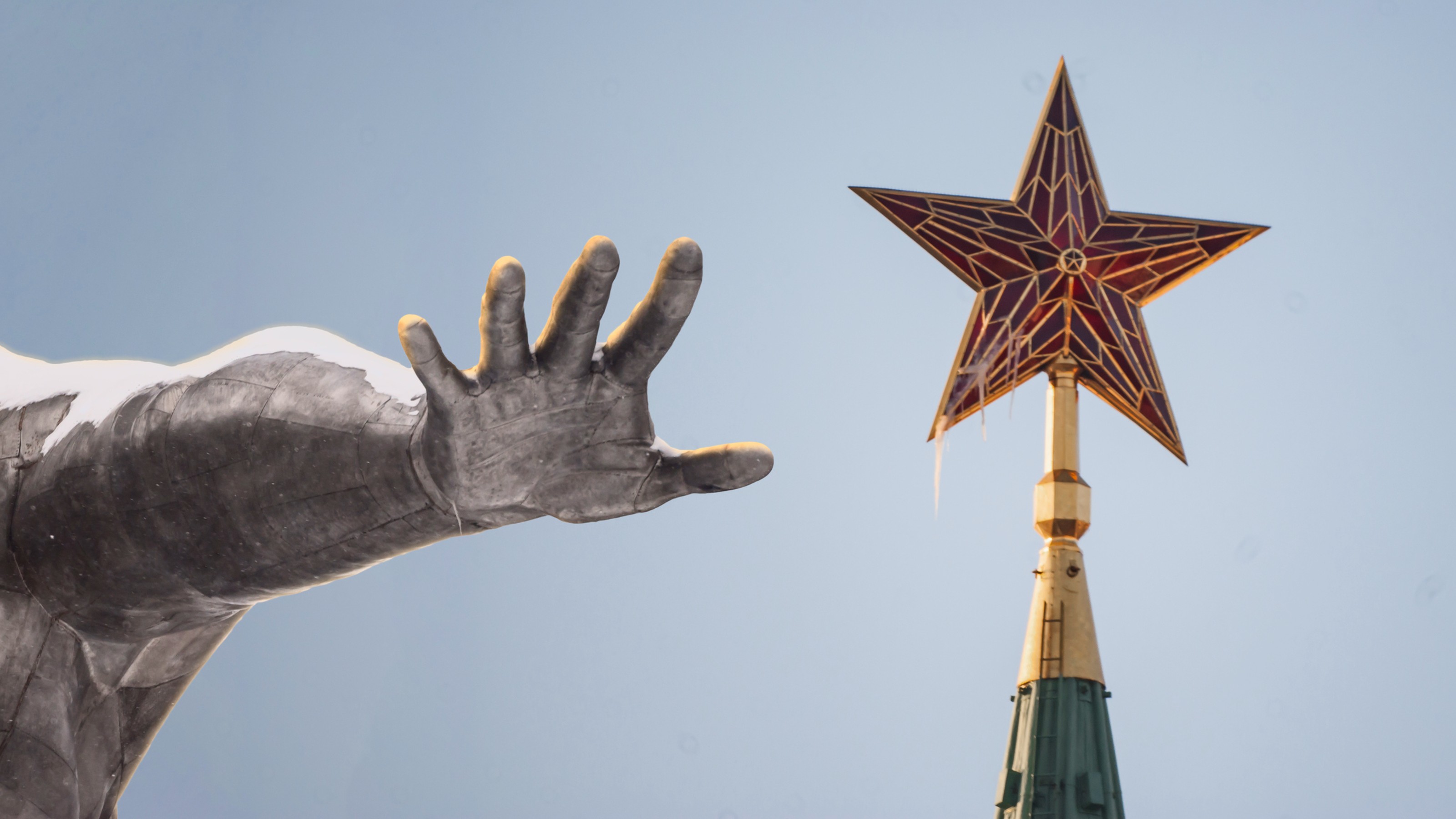5 Stock Picks Among Online Retailers
Amazon.com dominates the industry, but other Web-based stores are also worth a look.

Americans spend roughly one of every 13 retail dollars online. Though less than 20 years old, the business of selling stuff over the Internet seems to be growing briskly, even in a sluggish economy. The most recent statistics collected by Internet Retailer, a trade publication, show that online revenues for U.S. companies increased 14.8% in 2010 (the latest year for which data were available), about twice the growth rate for all retail.
But is the growth really all that impressive? Wal-Mart Stores has been trying hard to increase its online sales, yet they amount to just 1% of the giant retailer’s total revenues. Only three Internet retailers rack up more than $10 billion in online sales annually. In fact, all Internet retail sales in the U.S. amount to only about 40% of Wal-Mart’s total in-store sales.
Amazon: King of the Online Retail Jungle
Another reason I’m not wowed by the progress of online retailing is that a single company dominates. That company, of course, is Amazon.com (symbol AMZN). Last year, Amazon increased its sales by 41%, to $48 billion. In second place is eBay (EBAY), at $12 billion. In other words, there’s Amazon, and there’s everyone else. For Amazon, it’s as though the recession never happened. Sales have quintupled since 2006 -- and each and every buck comes from an online order.

Sign up for Kiplinger’s Free E-Newsletters
Profit and prosper with the best of expert advice on investing, taxes, retirement, personal finance and more - straight to your e-mail.
Profit and prosper with the best of expert advice - straight to your e-mail.
Jeff Bezos, the founder and CEO, runs Amazon like a privately held company. He has a long-term view and doesn’t seem to care a whit about quarterly profits. Lately, Amazon, which obsesses over service, has been spending large sums to improve the experience of customers. It increased the number of fulfillment centers last year from 52 to 69, boosted technology spending by 72% by adding new computer scientists, engineers and equipment, and raised marketing costs by 58%, in part to sell its new Kindle Fire e-reader at what is reported to be a loss.
The result is that, although sales are soaring, profit margins are under pressure. An analysis by Credit Suisse has Amazon’s revenues rising by one-third this year but earnings dropping by more than one-tenth. On average, 39 analysts covering the stock project that Amazon will earn $1.28 per share this year. With Amazon trading at $194, that puts the price-earnings ratio at a hefty 152 (prices and related numbers are as of April 5). “Low profits today are part of Amazon’s business strategy,” Kiplinger’s wrote recently in a piece that questioned whether Amazon’s stock was in “bubble territory” and reminded readers that the shares fell 94% in the 2000-01 high-tech collapse (see Is Amazon.com's Stock in Bubble Territory?).
The warning was understandable. But the Amazon of today is not the Amazon of 2000. That year, the company lost more than $1 billion on sales of less than $3 billion. Still, Bezos is less interested in short-term profits than he is in Amazon’s long-term success. In 2000, Bezos believed that by selling more than books, he could drive revenues far above fixed costs. And he did. But Amazon is not yet a money machine; it has earned more than $1 billion only once, in 2010. EBay has done it the past seven years in a row. Yet Amazon’s market capitalization of $88.5 billion is nearly twice as great. Bezos has believers.
Today, he is making a big bet that Internet retailing is about to change for the better, and he is investing in infrastructure to take advantage of this new world. As he wrote in last year’s annual report: “We believe that advances in technology, specifically the speed and reduced cost of processing power, the improved consumer experience of the Internet outside of the workplace through lower-cost broadband service to the home, and the advances of wireless connectivity, will continue to improve the consumer experience on the Internet and increase its ubiquity in people’s lives.”
In other words, technology will make ordering and fulfilling even easier and faster than it is today. Bezos wants to be ready. “To best take advantage of these continued advances in technology,” he writes, “we are investing in initiatives to build and deploy innovative and efficient software and devices.”
There’s a reason, then, that the world of Internet retailing is bifurcated between Amazon and everyone else. Other retailers are not taking e-retailing seriously enough -- for reasons evident to readers of Clayton Christensen’s important 1997 book, The Innovator’s Dilemma. Established firms shy away from new, disruptive technology because it threatens what they have already built. Some, like Borders, which had 642 bookstores when it filed for bankruptcy protection in 2011, simply fail. Others, such as Best Buy, find it excruciatingly difficult to adapt to the new technology, so Amazon grabs a big share of their market. The category “electronics and other general merchandise” now accounts for more than half of Amazon’s sales, and growth is about three times the pace of “media,” which includes books, music and video.
And the Rest
When you look down the list of highest-revenue Internet retailers, you find, with few exceptions, big-box stores with an e-tailing sideline that does not account for a high proportion of overall sales: Wal-Mart, Best Buy, Sears, Office Max, Office Depot and the like.
The major retailer that has done the best at focusing on Internet sales is, in my view, Staples (SPLS), with more than $10 billion in annual online revenues, representing 42% of total sales at last count. Staples worked with IBM to develop a much faster online sales platform, one that effectively converts browsers into buyers.
Staples has the advantage of being priced by the market as a simple retailer, not a flashy Internet firm. Its price-earnings ratio, based on estimated earnings for the fiscal year that ends next January 31, is a mere 11. The company has about as much cash as debt, and earnings per share rose 16% last year after an increase of 19% the year before.
A more conventional Internet retailer worth a close look is 1-800-Flowers.com (FLWS), which, despite its name, racks up 70% of its sales online. The company, which took a major hit from the poor economy but seems to be recovering, also owns the Popcorn Factory and Cheryl & Co., maker of scrumptious cookies. Its shares are down 80% from their 2007 high.
In much the same boat is Blue Nile (NILE), an online seller of diamonds and other jewelry that has just brought in a new CEO. The stock peaked at more than $100 a share in 2007 and now trades at $30. Both Blue Nile and Flowers are high-risk affairs, but for long-term investors, now may be the right time to buy the stocks.
Ditto for eBay. Although its share price has climbed 260% since it bottomed in March 2009, the online-auction company, which also owns PayPal, the online-payment system, has been struggling. But Value Line analyst Michael Napoli anticipates “strong growth in revenues and share earnings” over the next three to five years, with profits growing 15% or more annually. Selling at 15 times forecasted 2012 earnings, the stock of eBay appears attractive.
So what about Amazon? I am a believer, even at the current share price, which is more than twice the level of the 2000 peak. There are detractors. Aaron Kessler and his colleagues at Raymond James & Associates, for example, see softer growth in revenues and earnings for 2012 and rank Amazon “market perform” (sometimes a brokerage-firm euphemism for “sell”). But Bezos has been underestimated before, and Amazon, with $10 billion in cash and short-term investments and no debt, is built for speed.
What is amazing about Amazon and missing in so many other e-retailers is its devotion to this new method of selling. Amazon invented the one-click sale; came up with the single annual payment that entitles you to free two-day shipping and other benefits, such as unlimited video streaming; made an app that lets you compare prices at Amazon and other retailers using your smart phone; and pioneered the art of pushing purchase suggestions at customers. This single-minded dedication is just what you want from an investment.
James K. Glassman is executive director of the George W. Bush Institute in Dallas and author, most recently, of Safety Net: The Strategy for De-Risking Your Investments in a Time of Turbulence (Crown Business). He owns none of the stocks mentioned.
ORDER NOW: Buy Kiplinger’s Mutual Funds 2012 special issue for in-depth guidance on the only investments you need.
Get Kiplinger Today newsletter — free
Profit and prosper with the best of Kiplinger's advice on investing, taxes, retirement, personal finance and much more. Delivered daily. Enter your email in the box and click Sign Me Up.

-
 The AI Doctor Coming to Read Your Test Results
The AI Doctor Coming to Read Your Test ResultsThe Kiplinger Letter There’s big opportunity for AI tools that analyze CAT scans, MRIs and other medical images. But there are also big challenges that human clinicians and tech companies will have to overcome.
By John Miley Published
-
 The Best Places for LGBTQ People to Retire Abroad
The Best Places for LGBTQ People to Retire AbroadLGBTQ people can safely retire abroad, but they must know a country’s laws and level of support — going beyond the usual retirement considerations.
By Drew Limsky Published
-
 5 Big Tech Stocks That Are Bargains Now
5 Big Tech Stocks That Are Bargains Nowtech stocks Few corners of Wall Street have been spared from this year's selloff, creating a buying opportunity in some of the most sought-after tech stocks.
By James K. Glassman Published
-
 How to Invest for a Recession
How to Invest for a Recessioninvesting During a recession, dividends are especially important because they give you a cushion even if the stock price falls.
By James K. Glassman Published
-
 10 Stocks to Buy When They're Down
10 Stocks to Buy When They're Downstocks When the market drops sharply, it creates an opportunity to buy quality stocks at a bargain.
By James K. Glassman Published
-
 How Many Stocks Should You Have in Your Portfolio?
How Many Stocks Should You Have in Your Portfolio?stocks It’s been a volatile year for equities. One of the best ways for investors to smooth the ride is with a diverse selection of stocks and stock funds. But diversification can have its own perils.
By James K. Glassman Published
-
 An Urgent Need for Cybersecurity Stocks
An Urgent Need for Cybersecurity Stocksstocks Many cybersecurity stocks are still unprofitable, but what they're selling is an absolute necessity going forward.
By James K. Glassman Published
-
 Why Bonds Belong in Your Portfolio
Why Bonds Belong in Your Portfoliobonds Intermediate rates will probably rise another two or three points in the next few years, making bond yields more attractive.
By James K. Glassman Published
-
 140 Companies That Have Pulled Out of Russia
140 Companies That Have Pulled Out of Russiastocks The list of private businesses announcing partial or full halts to operations in Russia is ballooning, increasing economic pressure on the country.
By Brad Moon Published
-
 How to Win With Game Stocks
How to Win With Game Stocksstocks Game stocks are the backbone of the metaverse, the "next big thing" in consumer technology.
By James K. Glassman Published